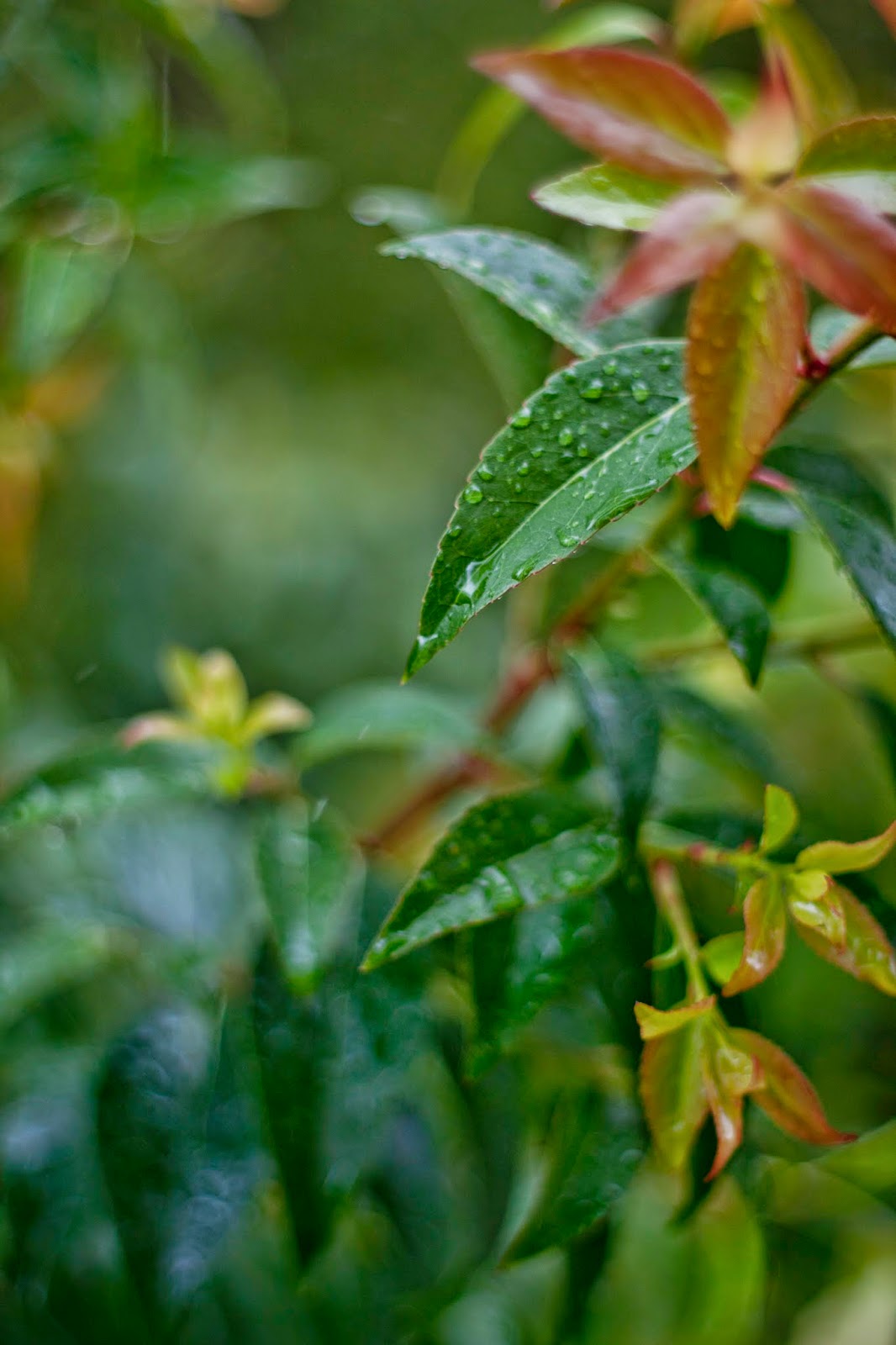by James Farley
The natural environment is by far one of the greatest opportunities for
photographic endeavours available to us, having such an endless variety of
subjects, but also so many different ways to capture them with photography. The
aesthetic qualities of the environment have always been a huge focus in the
photographic community, with many famous and successful photographers basing
their entire careers and bodies of work on documenting the natural world.
Whether you’re shooting plants, wildlife, or landscapes, the environment
has an extremely wide variety of subjects, and whether it’s in your backyard or
out in the wilderness, there are always opportunities to engage in photographing
your environment. It’s important to remember to not damage the environment while
shooting, by littering or endangering the natural habitats of animals.
Macro photography is often very popular when it comes to photographing
nature and the environment, as it can capture miniscule and fascinating details
within the subject that are often missed with the naked eye. Creative
photographic techniques and equipment can be used to create stunning abstract
artworks from simple plants as well, such as using creative effects lenses,
filters, or even just shooting from unusual angles.
Personally, when photographing the environment, I have always preferred
shooting specifically in overcast weather. Cloud cover helps to diffuse the
sunlight, and removes most of the harsh shadows, which is extremely helpful in
places with a lot of shadow, such as among trees and bushes.
Equipment
Lenses
The choice of lenses for nature photography has a huge impact on the
kind of images you will end up with, and can be largely dependent on the style
of photography you are aiming for. Macro lenses work fantastically for capturing tiny details, such as flowers,
insects, and even bringing out beautiful patterns in objects such as rocks or
tree bark.
For wildlife photography, it can help to use a telephoto zoom lens, which can allow you to photograph the subject from further away, while
also giving you some versatility in focal length.
Protection
and Cleaning
Shooting outdoors and in weather can
present quite a few extra dangers to your camera equipment, so it’s always
important to come prepared with some protective and cleaning gear. Depending on
what kind of photography you are pursuing, equipment such as rain covers
or underwater camera housing can be essential. Cleaning products are always necessary, especially in situations where the camera
and lens can get particularly dirty.
Filters
There are a few different filters available
that can assist when shooting in the environment. UV filters
cut down how much ultraviolet light gets through the camera lens, which despite
being invisible to the naked eye, can reduce the quality of your images,
especially on bright, glary days. Using a circular polariser filter is always a great idea, as it reduces reflections when
shooting water, and also helps to make the colours in your images more
naturally vibrant.
James Farley works at DCW and is a keen photographer. Check out more of his work here.



















